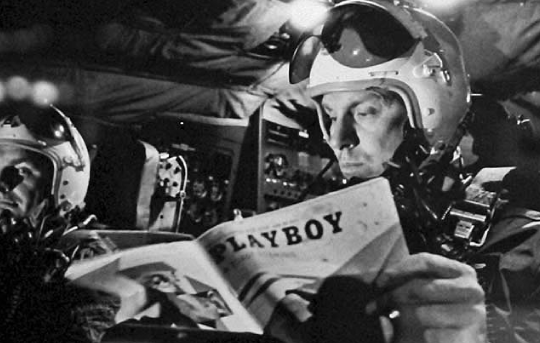B-1, hands down. At the time, a much better radar system, INS and terrain following. The BUFF did not do terrain follow, but hand flown terrain avoid.
Smoother flight low level than the BUFF was at altitude, it's the wing loading.
Plus I like the Aces II ejection seats and the ability to eject upwards.
B-1 low level planned at 540KGS with the wings back. Speed is life.
B-52 carried 51 Mk82 internal and external, B-1 carried 84 all internal.
B-52 had a wider variety of weapons load out. But the B-1 is catching up.
I last flew the B-1 in 1997, we still did not have GPS. They have a lot more weapons capability now and can laser designate their own targets.
B-52G, 1500hrs, Nov '84 to Aug 87
B-1B, 1000hrs, Dec '87 to Mar '97,
B-1 training missions were a lot shorter, we were based a lot closer to the training areas and we went through them faster. Later in my career I was in "Test", putting new weapons and tactics into the program, so we did not fly as much or as long.




